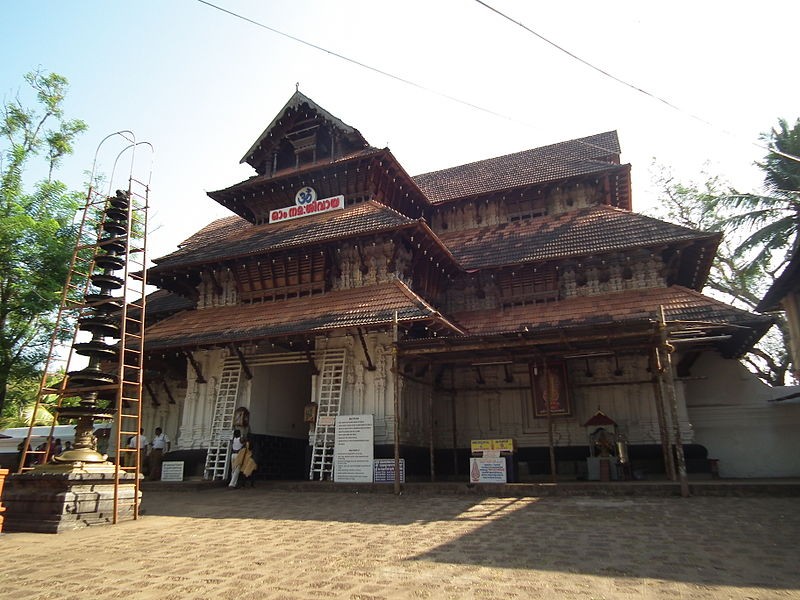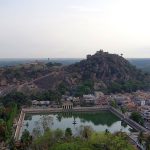Recently Sree Poornathrayeesa Temple at Thripunithura celebrated the Thulam Mahotsavam. The festival is an anniversary of a catastrophic event in the past than a religious ritual of the temple. In 1920 a huge fire engulfed most parts of Sree Poornathrayeesa temple and this festival is the commemoration of the event.
History
The haste in which the “Thidambu (replica of the idol taken out for processions) was taken away from the main temple, how the main idol was covered in wet mud with a huge vessel covering it to keep the heat away, and the panic the tragedy created are all part of a lore now.
The fire broke out on the fifth day of the Malayalam month of Thulam. It has been retold so many times that it is still fresh in the minds of some of the elderly members of the erstwhile Kochi royal family.
Subhadra Thampuran, who is 80 years old, recalls the stories told by her mother about the day. “It was around 2 in the night that the flames were spotted and the first thought of the devotees was to save the idol,” she said.
Water was taken from the temple pond to douse the fire as well as to keep the mud that covered the idol inside the sanctum sanctorum wet. The wooden structure of the temple inside, the thatched elephant shed and the eastern gopuram were destroyed in the fire.
The thidambu of the deity was safely taken to the temple at the Puthen Bungalow, the royal residence built by King Rama Varma during his reign between 1864 and 1888.
Four days after the fire, on Thulam 9, the thidambu was brought back to the temple in a grand procession with the accompaniment of caparisoned elephants. It is this day that has become part of the festivities of the ancient temple. The festival is called locally as “Ambalam kathi ultsavam” (festival of the temple fire).
Chhath : The Festiva of Sun, goes beyond boundaries
The temple is designed in accordance of Kerala temple architecture. A major fire occurred in 1920, which destroyed much of the original structure particularly the sanctum sanctorium which was built extensively in wood. This led to redesigning the temple with concrete structure, for the first time in Kerala. Designed by the illustrious architect Late Sri Eachara Warrier, the temple was redesigned with concrete structure, covered cleverly with copper plates, wooden panels and granite tiles to recreate the traditional structure feeling.
The side walls of sanctum sanctorim where heavily decorated with large brass sheets with statutes of gods and goddess, while the roof is covered with copper sheets, while the entrances of sanctum sanctorium were covered with gold sheets.
The temple was later rebuilt in 12 years by the King popularly known as Madrasil Theepetta Rama Varma Thampuram.
Must Read Karthika Masam : Rituals that Blend Your Life









